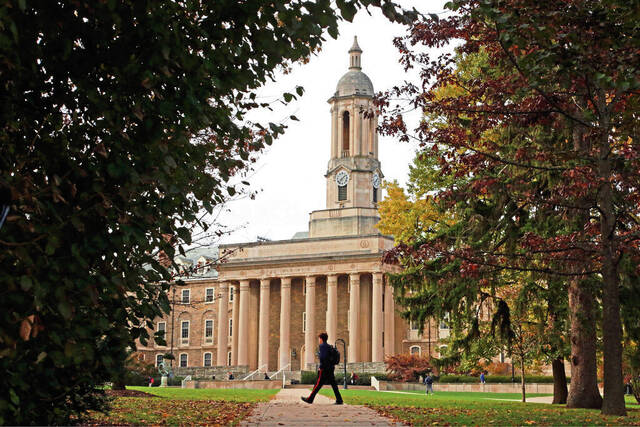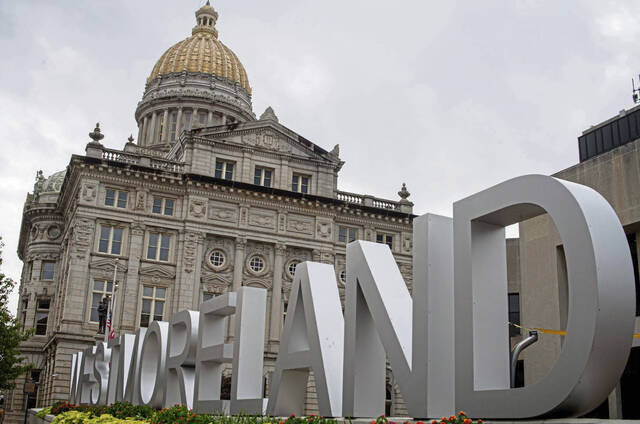When is a public meeting public, and when can it be private?
It’s a question we have pondered a lot — mostly because every level of government and variety of public agency seems to try the boundaries like kids testing a substitute teacher’s resolve.
The Pennsylvania Sunshine Act is the law that governs what must be done in the unflinching light of the public gaze. It defines who must comply as “any state or local government body and all sub-units appointed by that body that perform an essential government function and exercises authority to take official action or render advice. It can include boards, councils, authorities, commissions, and committees.” It further says that any “body and all committees thereof that are authorized to render advice or take official action” are also included.
Penn State fits that bill.
It is a state-related university. It is the state’s only land grant university. It receives federal money. The board of trustees includes the governor and the state secretaries of Education, Conservation and Natural Resources, and Agriculture, plus six gubernatorial appointments, making the state government the largest single constituency of the 38-member board.
Penn State likes to be a government entity sometimes — like when money is being doled out. On Friday, Penn State announced it will push for a 47.5% increase in state funding for 2023-24 after receiving approval from its board of trustees.
But other times, it likes to be non-governmental — like when it has to conduct business in the open instead of the labyrinthine world of university bureaucracy.
That is displayed in Penn State’s executive committee, as shown in a Spotlight PA report.
The board very carefully toes the line with its meetings. Committees like audit and risk or academic affairs hold meetings in public on Thursdays. That’s a day before the Friday board meetings, which happen five times a year. If something comes up in between, they meet via telephone — also done in public.
The executive committee is different and has been for years. Of course, before the Jerry Sandusky child sex abuse scandal turned a spotlight on the trustees, few people paid attention. Now they do, and that has led to some real gymnastics with the bending and stretching of Sunshine Act when it comes to things like what is public and what the public — including alumni, students and faculty — can say to the board openly.
The attention on what exactly the executive committee does and when and how raises a valid question. A borough council that calls an executive session for discussion has to reveal what it discussed before it takes that step and can only do so for proscribed reasons such as real estate transactions, personnel and litigation. Any other topics that come up are supposed to be moved to open sessions.
So what makes Penn State different, or should it be held to the same standard?
With intentions to ask for 47% more money from taxpayers, perhaps this is the time for Penn State’s board to decide how much that money is worth. Is it enough to make Penn State “public” when it comes to the Sunshine Act, or will the university continue to exist in a hybrid twilight instead?








